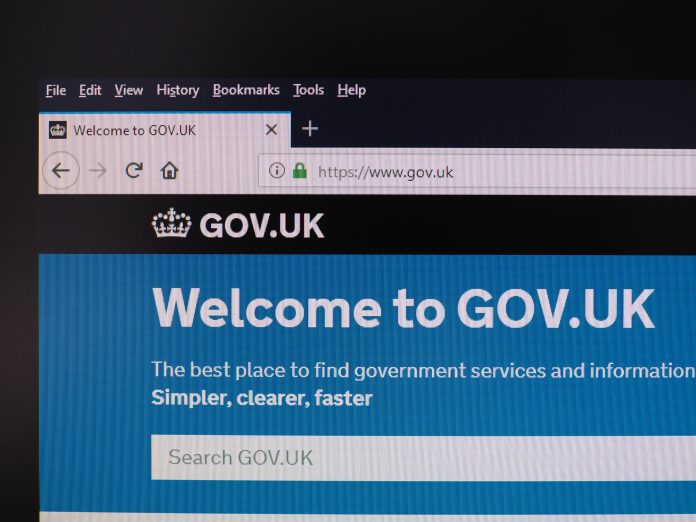Peter Ford, Public Sector Industry Principal at Pegasystems, explores some of the top trends for the public sector in 2021 which include chatbots, intelligent automation and citizen data scientists
The events of 2020 highlighted the true value of the public sector in difficult times. But demands on governmental services won’t ease up in 2021, and there will be a massive need to reduce operating costs to cope and deal with the national debts run up by COVID-19. Use of the latest technology will be imperative to the smooth running of all departments. Top trends for 2021 include:
Chatbots will be the new face of the public sector
In 2021 AI-driven chatbots could have human-like avatars to strike a balance between digital capabilities and the personal human interaction for citizens contacting the public sector with queries. These ‘digital humans’ – animations of humans to make them more life-like – are driven by robotics and AI to interpret the mood of customers and deliver improved service through empathetic behaviour and actions. Innovations such as these will help drive citizen uptake of digital channels for interacting with government departments to fulfil simple requests. This will be invaluable to freeing up public sector professionals to deal with more complicated tasks, especially during peaks in demand, and those where human interaction can result in improved outcomes. They also have the potential to improve citizen satisfaction as wait times are not dependent on a set number of human beings being available.
Civil service reform and citizen-centric service edge closer to reality
Civil service reform has been talked about for the best part of a decade, but in 2021 there will be significant progress made. Citizens have a series of different departments they have to engage with in their lifetime, from Student Finance to the Department of Work and Pensions, HMRC, the DVLA etc. This is inherently operationally inefficient; a citizen-centric service needs to be in place instead that puts citizens at the heart of the equation where key life moments prompt proactive government intervention. Replacement of outdated legacy technology no longer fit for purpose with modern agile systems via digital transformation will accelerate. By dismantling siloes between teams, information will be shared more easily across departments so that individuals need only contact government once, and all the relevant parties will be informed. This will also drive proactive, not reactive service, for example, someone starting a business will prompt a series of joined-up actions, registering with Companies House, registering as a Tax entity, regulatory compliance and more. This will serve citizens in the most efficient and effective way possible.
Intelligent automation critical to avoid public sector worker burnout
After the toughest year of many people’s lives, there is no question that there will be continued exhaustion and burnout among public sector workers – not just in healthcare but across all public service providers. People will leave if they are put under protracted pressure for too long, but the problem cannot be fixed by hiring more staff alone. Giving staff sophisticated solutions such as intelligent automation allows them to do their jobs more efficiently and cope with peaks in demand for public sector services. Automation will be scaled up across all departments in 2021, enabling workers to spend less time on routine tasks such as filling in forms and more time on higher-value work than cannot be through intelligent automation (unified case management, bots, AI, and consumer-grade user experience). It will also help reduce operating costs, freeing up more budget to improve how citizens are served.
Citizen data scientists bridge the ethical AI gap prompted by new guidance
The government’s Centre for Data & Ethics 2020 Review into bias in algorithmic decision-making highlighted the urgent need to use algorithms to promote fairness and will serve as a catalyst for change in 2021. It recommended a mandatory transparency obligation on all public sector organisations using algorithms for significant decisions, meaning the AI outputs are explainable by a human to check it is not biased or discriminatory. A barrier to this so far has been many government departments not having enough full-time data scientists to scrutinise algorithms due to the ongoing skills gap in tech. The CDEI’s review recognised the public sector must build internal capacity, and that more diversity among those checking algorithms is needed, not just in terms of sex, race and age but also public sector worker role.
In 2021 the government will train more workers, not just full-time data scientists, in skills in identifying and addressing bias. These ‘citizen data scientists’ will be crucial to bridging the gap as the government increases investment in machine learning. This is vital because where there is not enough AI expertise, there is a danger that algorithms are executed blind to potentially unethical outcomes. With the right technical know-how overseeing AI public sector organisations can identify algorithms that could go wrong before they are implemented and make sure they are treating all citizens fairly. This, though, is predicated on AI solutions that provides transparency around the logic that delivers the outcome – i.e. show a clear audit trail.
The last twelve months have not been easy on citizens or public sector workers, but they have shown it is possible to adapt to change and overcome adversity. Less of a trend and more of an imperative will be the need for government to act in an agile fashion. Any technology that is used to support new or revised services will, equally, need to be agile and user-centric to deliver in very short timescales. Modern technology will be vital to realising further change, taking pressure off staff and better serving citizens in 2021.











